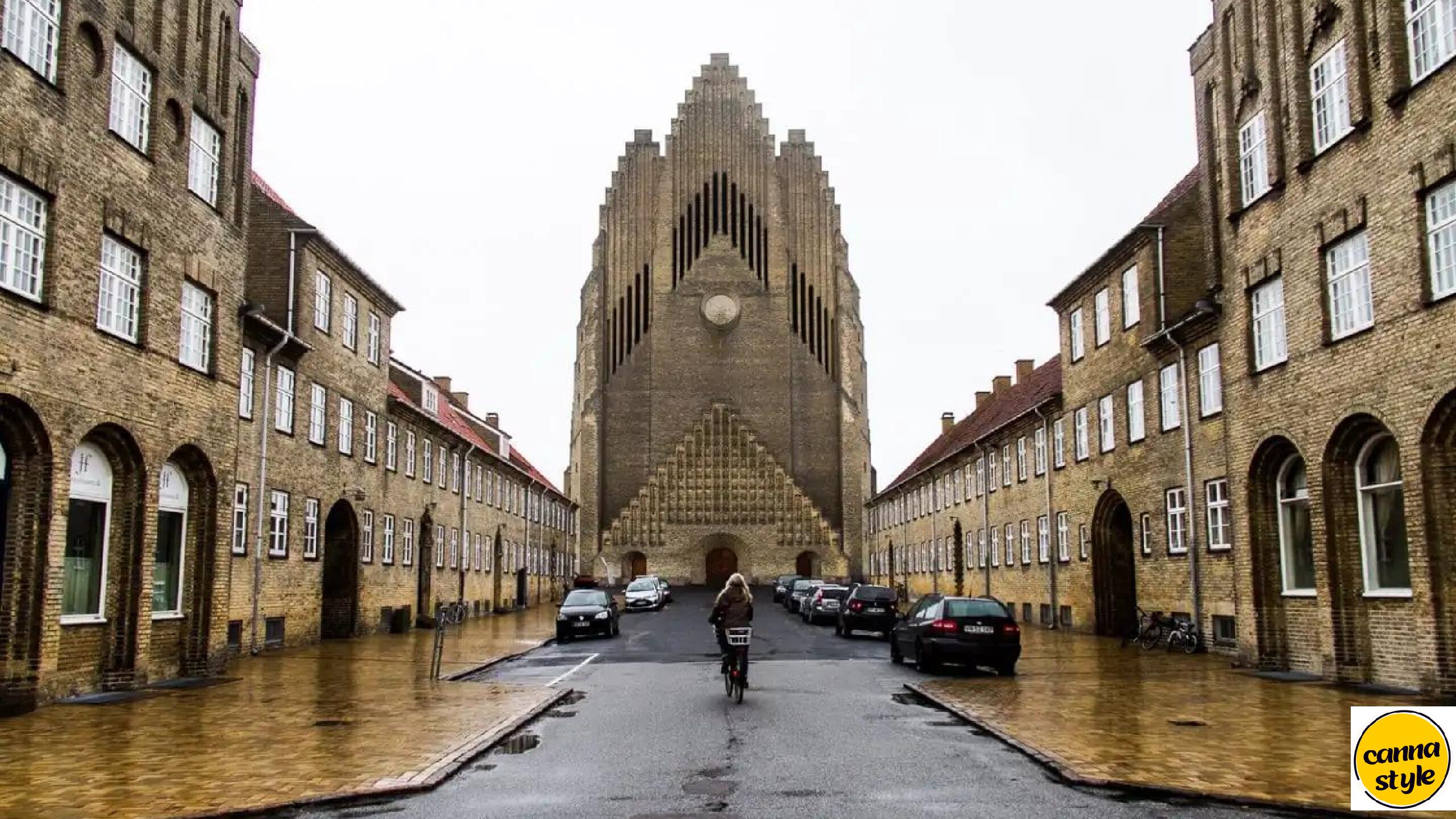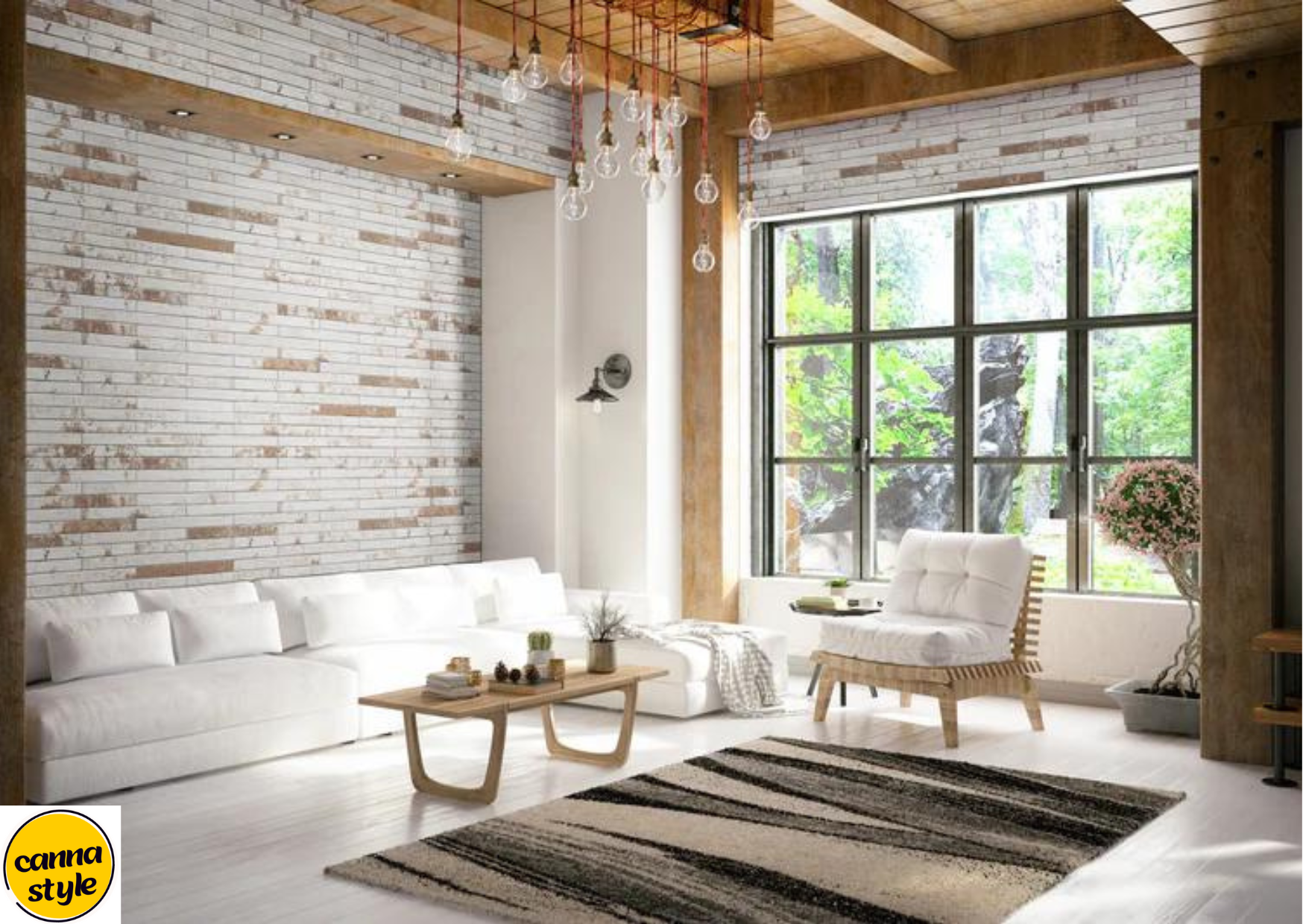Overview of Grundtvig’s Church
Grundtvig’s church copenhagen denmark is an architectural masterpiece famous for its precise design and historical importance. This Danish Lutheran church is celebrated not only for its hanging look but also for its deep connections to Danish cultural and spiritual history.
Importance of the Church in Architectural History
As one of the most prominent examples of expressionist architecture in Denmark, Grundtvig’s Church stands proud of its revolutionary layout and symbolic factors. Its architectural wonder is a testament to the visionary work of its fashion designer, Peder Vilhelm Jensen-Klint.
Historical Context
Origins of Grundtvig’s Church
The church’s production started in 1921 and changed into finished in 1940. It became conceived as a tribute to the Danish pastor and hymn author N.F.S. Grundtvig, whose ideas on schooling and church reform inspired Danish society profoundly.
Architect Peder Vilhelm Jensen-Klint
Peder Vilhelm Jensen-Klint, the architect in the back of Grundtvig’s Church, was recognized for his unique method of design. His paintings are characterized with the aid of a fusion of conventional and modern elements, that are without a doubt meditated in the church’s architecture.
Architectural Design
Expressionist Architecture
Grundtvig’s Church is a high example of an expressionist structure, which emphasizes emotional enjoyment and creative expression. The church’s design functions with formidable, geometric shapes and dramatic use of mild, developing awe-inspiring surroundings.
Key Architectural Features
Facade: The church’s facade is marked by its wonderful brickwork, with vertical strains and arches that create a feel of grandeur and verticality.
Tower: The tower, growing to a top of 49 meters, serves as an outstanding visual landmark and is quintessential to the church’s universal design.
Interior: Inside, the church capabilities a spacious nave with a high vaulted ceiling, supported through robust columns. The indoors are adorned with easy but stylish fixtures that complement the general layout.
Symbolism and Artistic Elements
The church’s design incorporates various symbolic elements reflecting Grundtvig’s theological and philosophical ideas. These include motifs and patterns that represent Christian themes and Danish cultural heritage.
Construction and Materials
Building Materials
The number one fabric used inside the creation of Grundtvig’s Church is brick, which turned into selected for its sturdiness and aesthetic features. The use of brick allows for intricate detailing and contributes to the church’s extraordinary look.
Construction Techniques
The construction of Grundtvig’s Church involved modern strategies and meticulous craftsmanship. The use of bolstered concrete and superior bricklaying methods allowed for the advent of the church’s precise architectural functions.

Cultural and Religious Significance
Role in Danish Culture
Grundtvig’s Church plays a huge position in Danish cultural and non secular life. It serves as an outstanding instance of Danish expressionist architecture and is an image of the nation’s spiritual and cultural history.
Influence on Modern Architecture
The architectural innovations seen in Grundtvig’s Church have influenced modern architectural practices, particularly in the use of brick and expressionist design principles.
Visitor Experience
Tourist Attractions
Visitors to Grundtvig’s Church can explore its stunning structure and find out about its history through guided tours. The church’s serene environment and magnificent layout make it a famous destination for both tourists and locals.
Events and Services
The church continues to function as an energetic region of worship and hosts diverse cultural occasions and concerts. Its layout and acoustics enhance the revel in of these occasions, making them memorable for attendees.
Future Outlook
Preservation Efforts
Efforts are ongoing to preserve and maintain Grundtvig’s Church to ensure its persevered relevance and integrity. Preservation activities include everyday protection and recuperation work to deal with the outcomes of weathering and age.
Potential for Future Developments
As a historical and architectural landmark, Grundtvig’s Church is likely to continue influencing architectural design and cultural practices. Future developments may include enhanced visitor experiences and educational programs to promote understanding of the church’s significance.
Conclusion
Summary of Key Points
Grundtvig’s church copenhagen denmark is a remarkable example of an expressionist structure, blending progressive design with deep cultural and non-secular importance. Its putting appearance and historical context make it a precious landmark in Copenhagen.
Final Thoughts
Grundtvig’s church copenhagen denmark stands as a testimony to the vision of Peder Vilhelm Jensen-Klint and the enduring legacy of N.F.S. Grundtvig. Its architectural wonder continues to inspire and captivate site visitors, supplying a glimpse into the rich cultural and historical past of Denmark.







